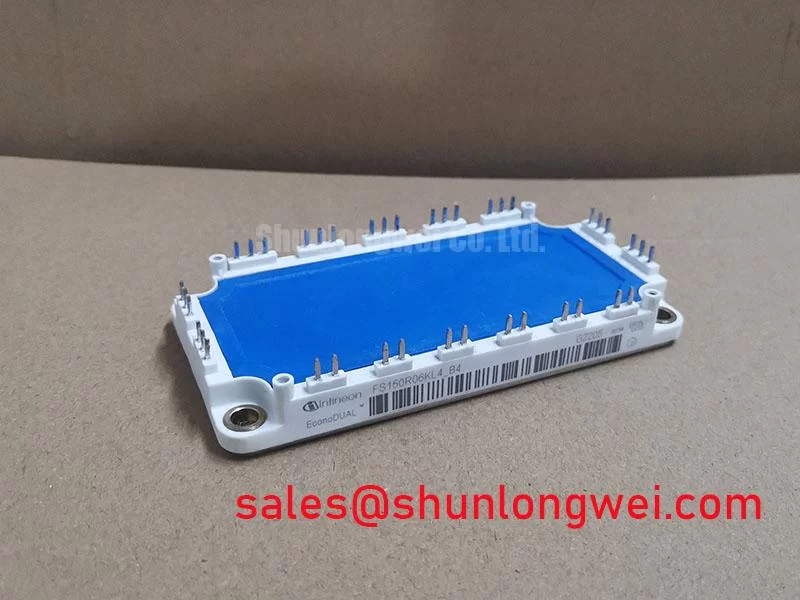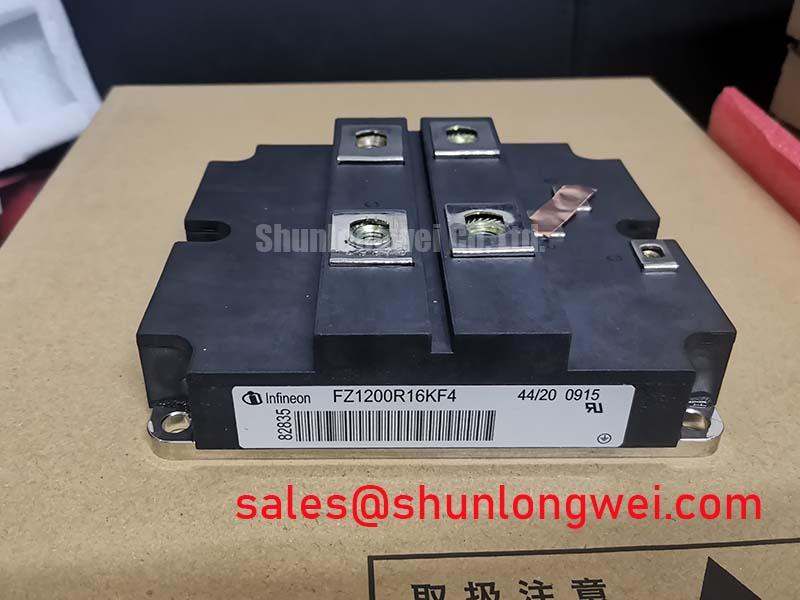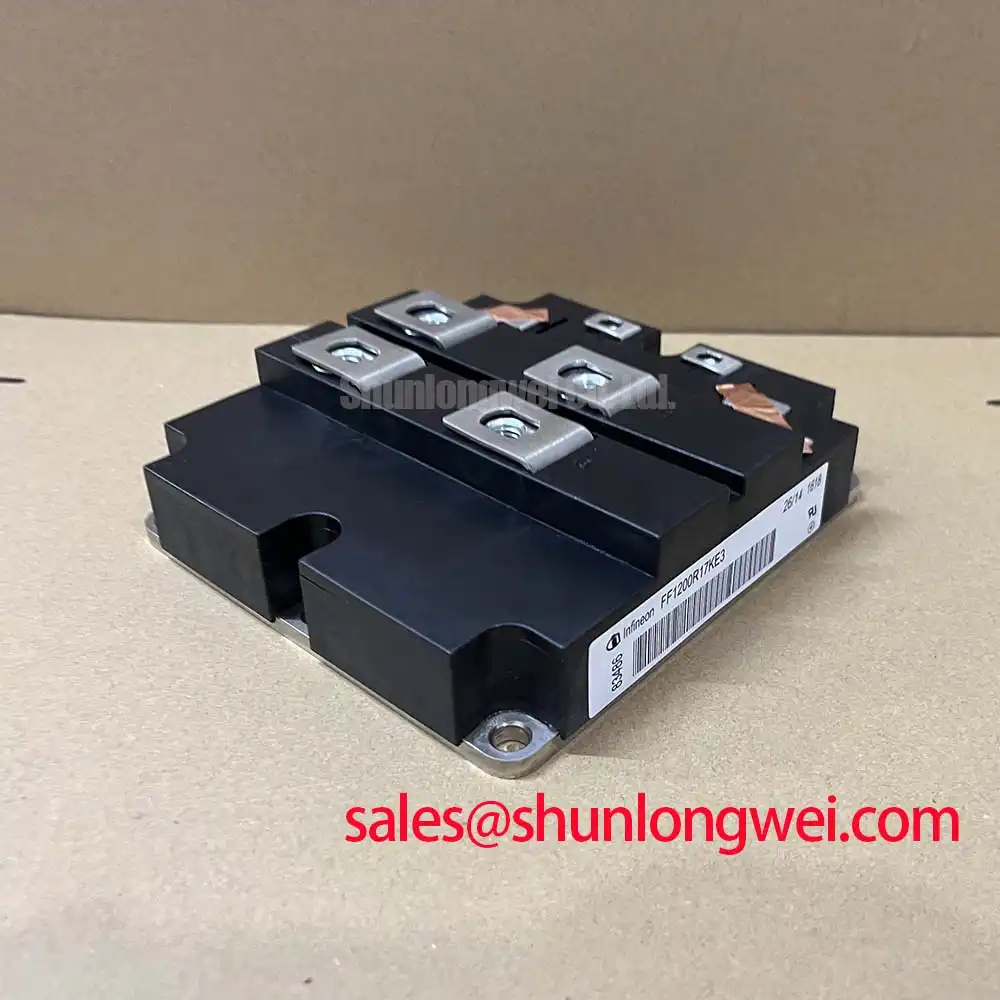Content last revised on November 19, 2025
T930S18TOF Thyristor Module: An Engineer's Guide to High-Reliability Power Control
Application Scenarios & Value
System-Level Benefits in High-Current Industrial Power Conversion
For high-power soft starters and controlled rectifiers demanding maximum operational uptime, the T930S18TOF's pressure-contact design is the definitive choice. The Infineon T930S18TOF is a high-power Phase Control Thyristor engineered for the rigorous demands of industrial power systems. Its core value lies in its exceptional robustness, making it a critical component in applications where reliability is non-negotiable. Key deployment areas include:
- Soft Starters: In large industrial motor applications, managing inrush current is a primary challenge. The T930S18TOF's substantial peak forward surge current (ITSM) rating of 16.5 kA allows it to handle the immense transient loads during motor startup, preventing system faults and enhancing motor longevity.
- Controlled Rectifiers: For industrial processes like metal treatment or DC furnace control, precise and reliable power delivery is essential. This thyristor provides stable control over high DC currents, ensuring process consistency and efficiency. The 1800V blocking voltage offers a significant safety margin for operation on 400V and 690V industrial lines.
- Static Switches & Crowbar Circuits: Its ability to handle high currents and its inherent robustness make it suitable for high-power AC switching and protection circuits, safeguarding critical infrastructure from over-voltage conditions.
The T930S18TOF excels in environments where thermal and mechanical stress are constant factors. While this device provides precise control, for applications requiring high-power uncontrolled rectification, engineers may also evaluate dedicated diode modules like the SKKD162/16.
Key Parameter Overview
Interpreting the Specifications for Robust Thermal and Electrical Design
The T930S18TOF's specifications are tailored for high-stress, long-lifecycle power systems. The datasheet reveals a design focus on thermal stability and the ability to withstand significant electrical transients, which are crucial for reliable operation in heavy industrial settings.
| Key Electrical & Thermal Parameters of the T930S18TOF | |
|---|---|
| Parameter | Value & Significance |
| Repetitive Peak Off-State Voltage (VDRM/VRRM) | 1800 V - Provides a substantial safety margin for systems operating on volatile industrial grids, ensuring resilience against voltage spikes. |
| Average On-State Current (IT(AV)) @ TC=85°C | 1200 A - Defines its high continuous current handling capability, enabling the control of multi-megawatt loads. |
| Surge Non-Repetitive On-State Current (ITSM) @ 10ms, 50Hz | 16500 A - This high rating is critical for survivability during fault conditions or high inrush events like motor starts. Think of it as the device's ability to brace for a massive, instantaneous impact without failing, much like a heavy-duty shock absorber on a truck hitting a pothole. |
| Critical Rate of Rise of On-State Current (di/dt) | 200 A/µs - Indicates its capability to turn on quickly under load without localized overheating, a key parameter for reliable phase control. |
| Thermal Resistance, Junction to Case (Rth(j-c)) | 0.019 K/W (Double-sided cooling) - This extremely low value signifies highly efficient heat transfer from the silicon to the heatsink, a direct result of the pressure-contact design. It allows the device to run cooler under high loads, directly improving both performance and operational lifespan. |
| Operating Junction Temperature (Tvj op) | -40°C to 125°C - A wide operating range suitable for deployment in uncontrolled industrial environments with significant temperature fluctuations. |
Technical Deep Dive
The Engineering Advantage of Pressure-Contact Technology
The defining feature of the T930S18TOF is its disc-style housing that utilizes pressure-contact technology. Unlike conventional power modules that rely on soldered connections, this design establishes electrical and thermal contact by applying a precise, high clamping force. This seemingly simple mechanical difference provides profound engineering benefits directly impacting long-term reliability.
What is the primary benefit of the T930S18TOF's design? Enhanced long-term reliability by eliminating solder fatigue. Solder joints are a common point of failure in power electronics, especially in applications with frequent temperature changes (thermal cycling). The repeated expansion and contraction of different materials can cause micro-cracks in the solder, eventually leading to increased thermal resistance and catastrophic failure. The pressure-contact design completely sidesteps this issue.
A useful analogy is to compare it to a high-performance engine's head gasket. The gasket isn't welded; it's held under immense, uniform pressure to create a perfect, durable seal that can withstand intense heat and vibration while allowing for microscopic expansion and contraction. Similarly, the T930S18TOF's pressure-contact system creates a highly efficient and resilient interface for both current and heat, ensuring consistent performance over tens of thousands of operational cycles. This translates directly to a lower total cost of ownership through significantly improved system uptime and reduced maintenance requirements in critical industrial machinery.
Frequently Asked Questions (FAQ)
Design and Implementation Queries for the T930S18TOF
How does the pressure-contact design of the T930S18TOF improve reliability compared to a standard soldered power module?
The pressure-contact design fundamentally enhances reliability by eliminating solder fatigue, a primary failure mechanism in power modules subjected to thermal cycling. By creating the electrical and thermal connections through a precise clamping force, it avoids the use of solder layers which can crack and degrade over time. This results in superior power cycling capability, a longer operational lifetime, and more predictable performance in applications with frequent on/off cycles or fluctuating loads, such as motor soft starters or large HVAC systems.
What is the significance of the 1800V VDRM rating for designing a soft starter on a 690V industrial line?
An 1800V VDRM rating provides a critical safety and reliability margin. While a 690V AC line has a peak voltage of approximately 975V, industrial grids are prone to significant transient overvoltages from switching events or lightning. A device rated for 1200V or 1400V might operate close to its limit, making it vulnerable. The 1800V rating of the T930S18TOF ensures it can comfortably withstand these common voltage spikes without risk of breakdown, leading to a much more robust and dependable system design.
To evaluate the T930S18TOF for your high-power application, please contact our technical specialists for further information and design support.













